Last week, a group of Croatia’s leading cultural pioneers welcomed the 10th jubilee edition of…
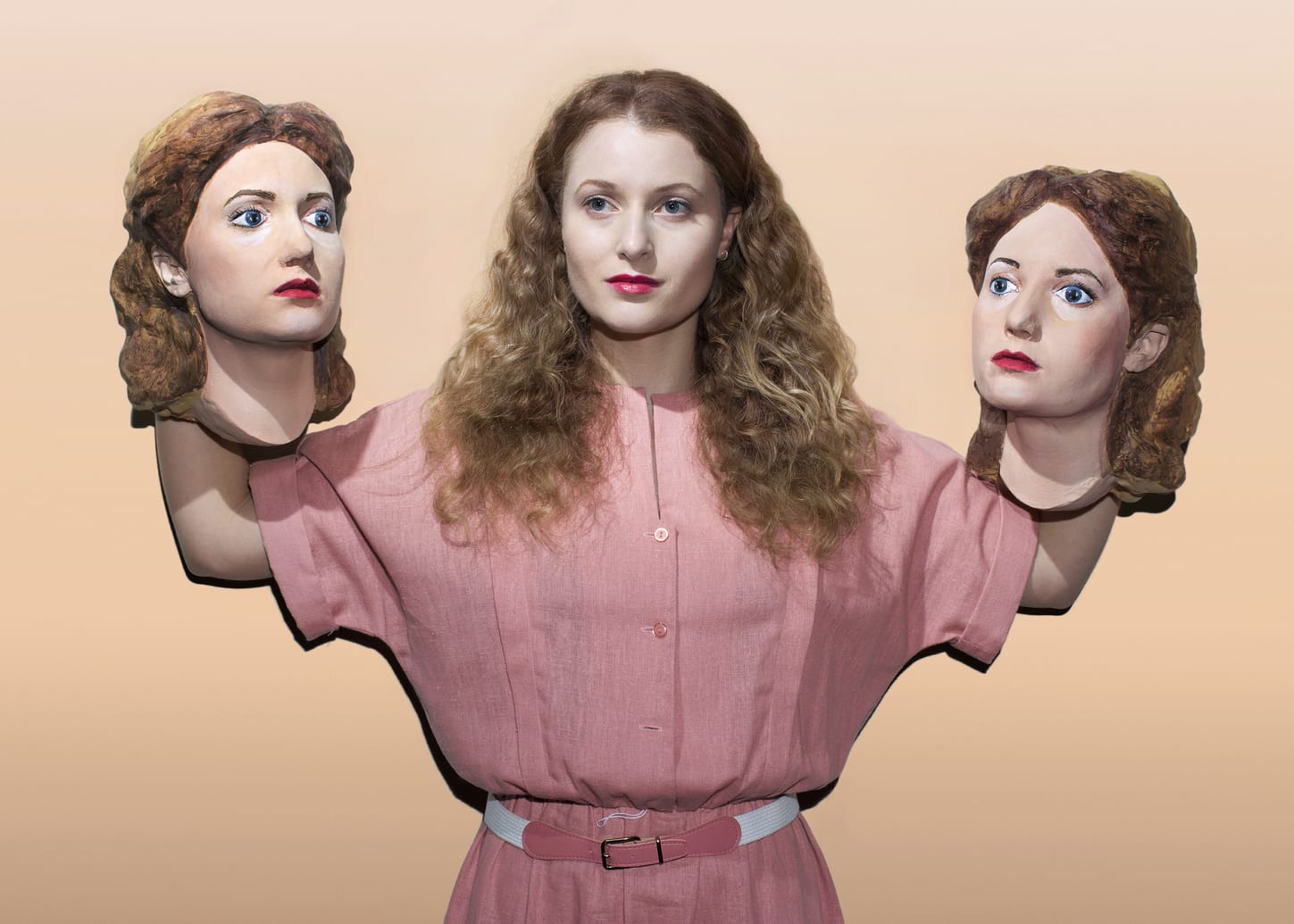

Last week, a group of Croatia’s leading cultural pioneers welcomed the 10th jubilee edition of…
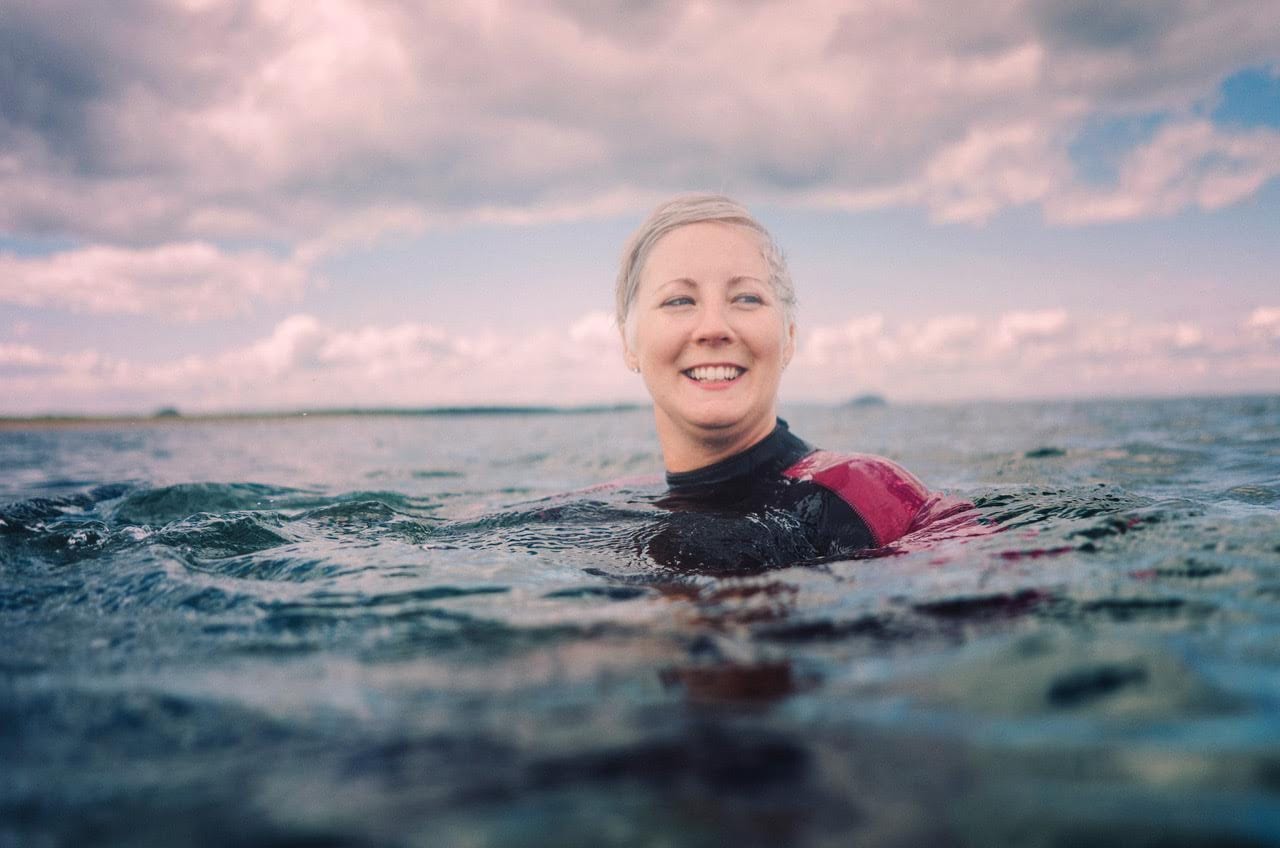
“A lot of people have thought of marking the centenary,” says Tracy Marshall, director of development and partnerships at Open Eye Gallery and co-director of Northern Narrative arts initiative. “But they just haven’t managed to do it.”
We’re talking about the 209 Women initiative, in which 209 photographers are taking portraits of the 209 women MPs in the UK parliament. It does seem like a project that was asking to happen, with 2018 marking both 100 years since (some) women got the vote here, and also the year that the first female MP was elected in this country. But, with 418 photographs and politicians to co-ordinate plus many, many other stakeholders and committees, actually achieving it has been quite a feat. What’s seen it through has been teamwork, with the photographer and academic Hilary Wood, who came up with the idea, getting together with hundreds of other women – and men – to make it happen.
“It’s been a huge collaborative effort,” she says. “We had to take it to the Speaker’s Advisory Committee on Works of Art to get it approved, and we then had to ask each MP individually if they wanted to get involved. The fact that they overwhelmingly gave their support shows how relevant this project is. And what I was really pleased about was that we got cross-party support – every single party is involved.”
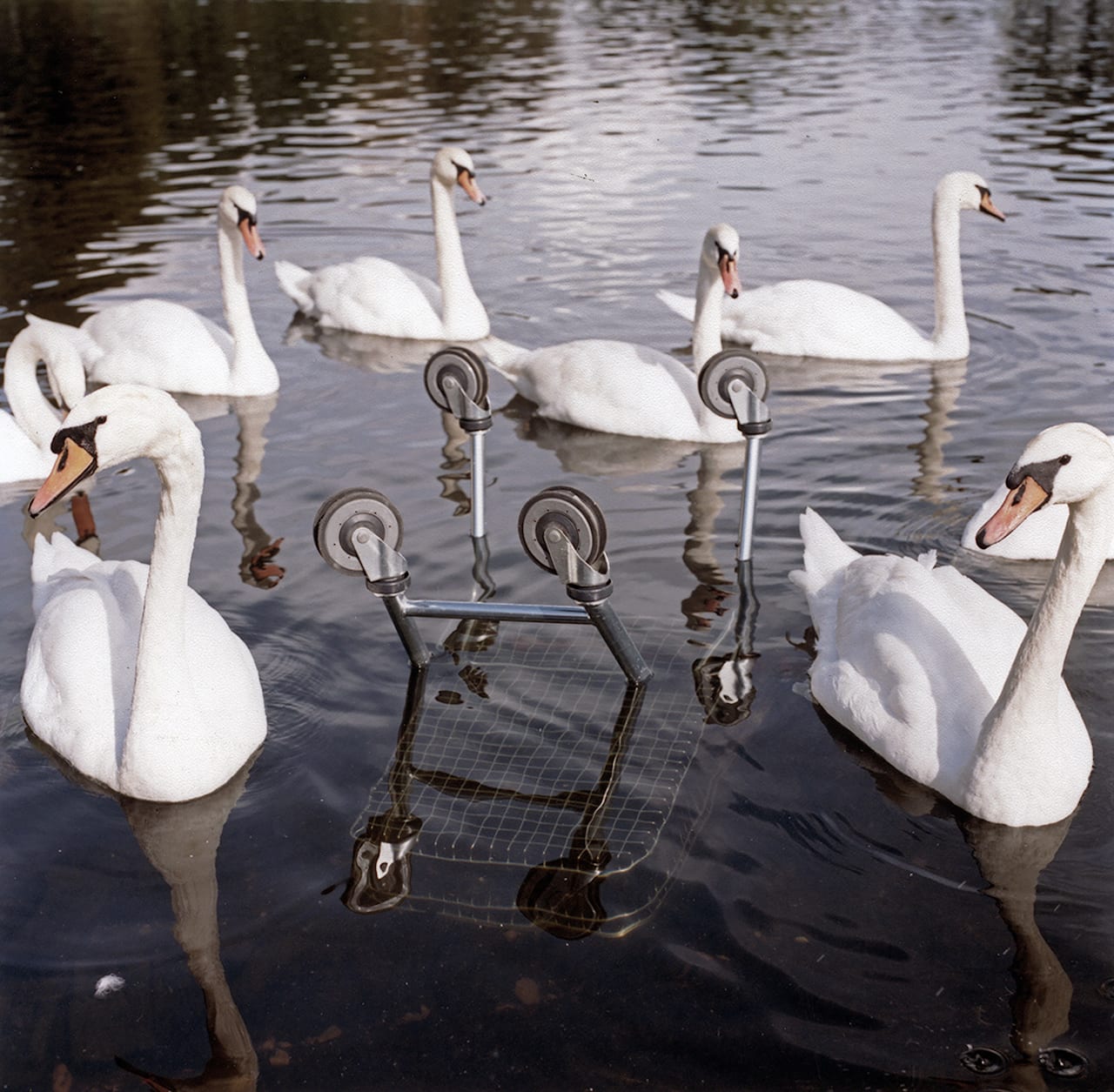
“I’m usually looking for things that surprise me, things that have a deeper significance, a sense of humour, I suppose. I’m always open to what happens in life, because it tends to be more interesting than anything you can imagine.”
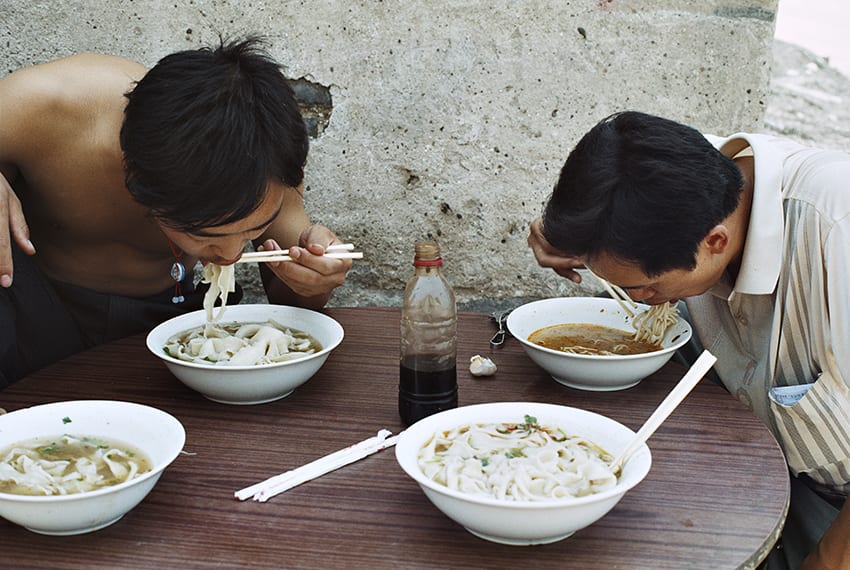
Marc Moitessier is a photographer from Marseille, France. His most recent, and perhaps most challenging,…
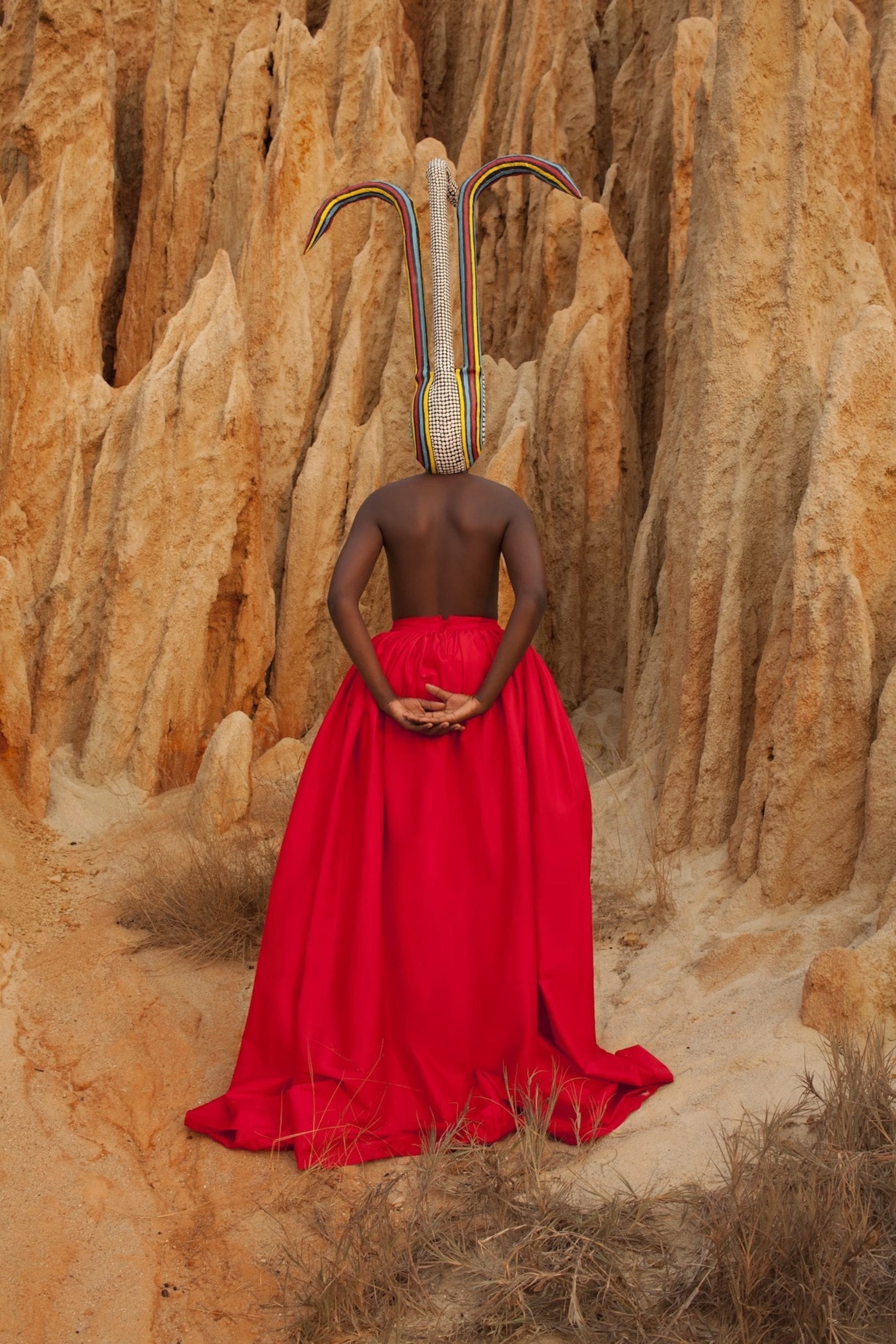
Now in its seventh edition, Unseen Amsterdam has confirmed itself as one of Europe’s most…
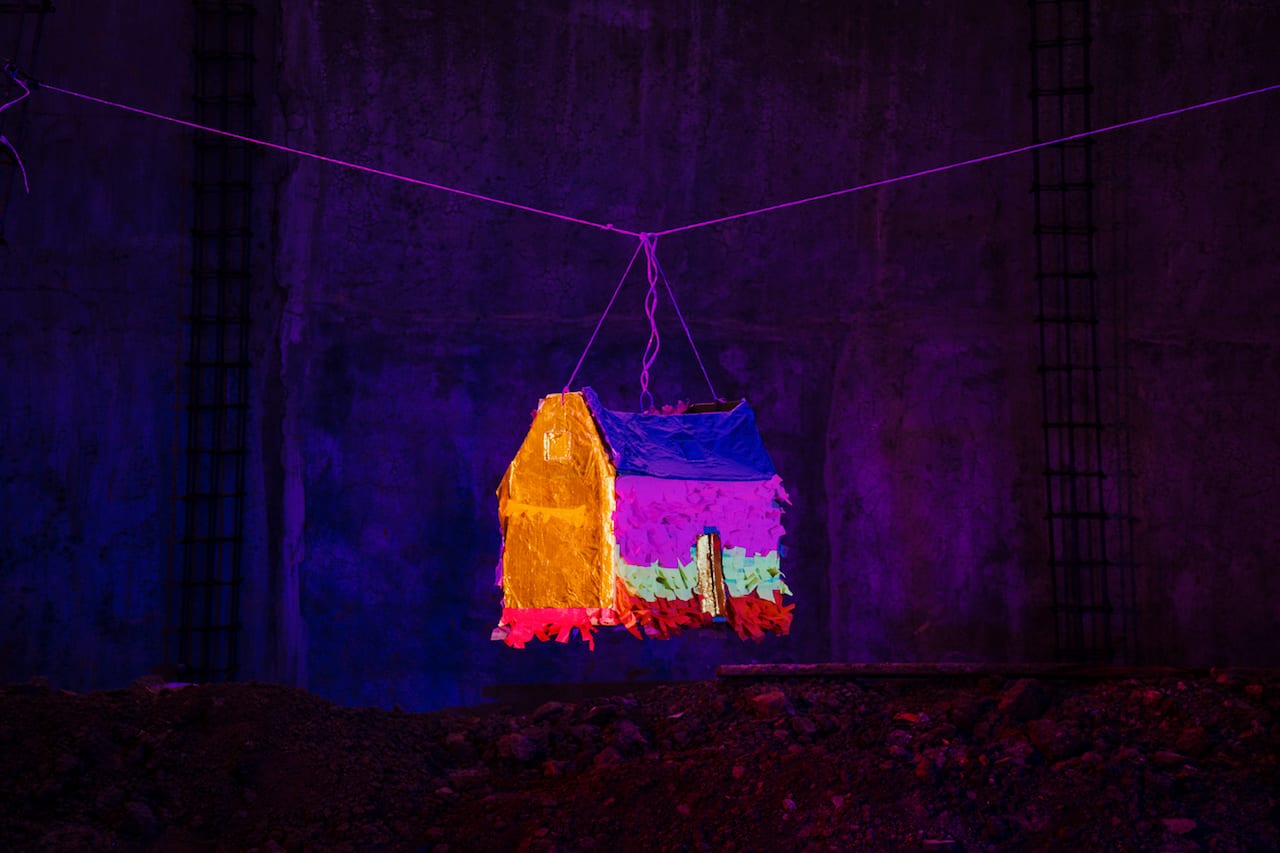
On 7 September 2017, just before midnight, a magnitude 8.1 earthquake hit Mexico’s southern coast, the second strongest earthquake in the country’s history. It was felt by 50 million people across Mexico and, in the heavily affected states of Oaxaca and Chiapas, killed dozens of people and left over 100,000 homes damaged.
When the earthquake hit, Andres Millan was living in his hometown in Bogota, Colombia, preparing for a four-month residency that would start in November at Casa El Ocote, a gallery and cultural centre in Oaxaca. At quarter to midnight, alerts started to pop up on Millan’s mobile phone. When he switched on the news, the first image he saw was of the Mexican flag at the Municipal Palace in Oaxaca, lit up by lights coming from police cars.
My home is my castle references these first images that Millan saw from Colombia when the earthquake hit. “I wanted to recreate the light from the police car, so the photos are made with two flashes, one with a red filter and another with a blue one. The mixture of colours made the images acquire that pink colour,” he explains.
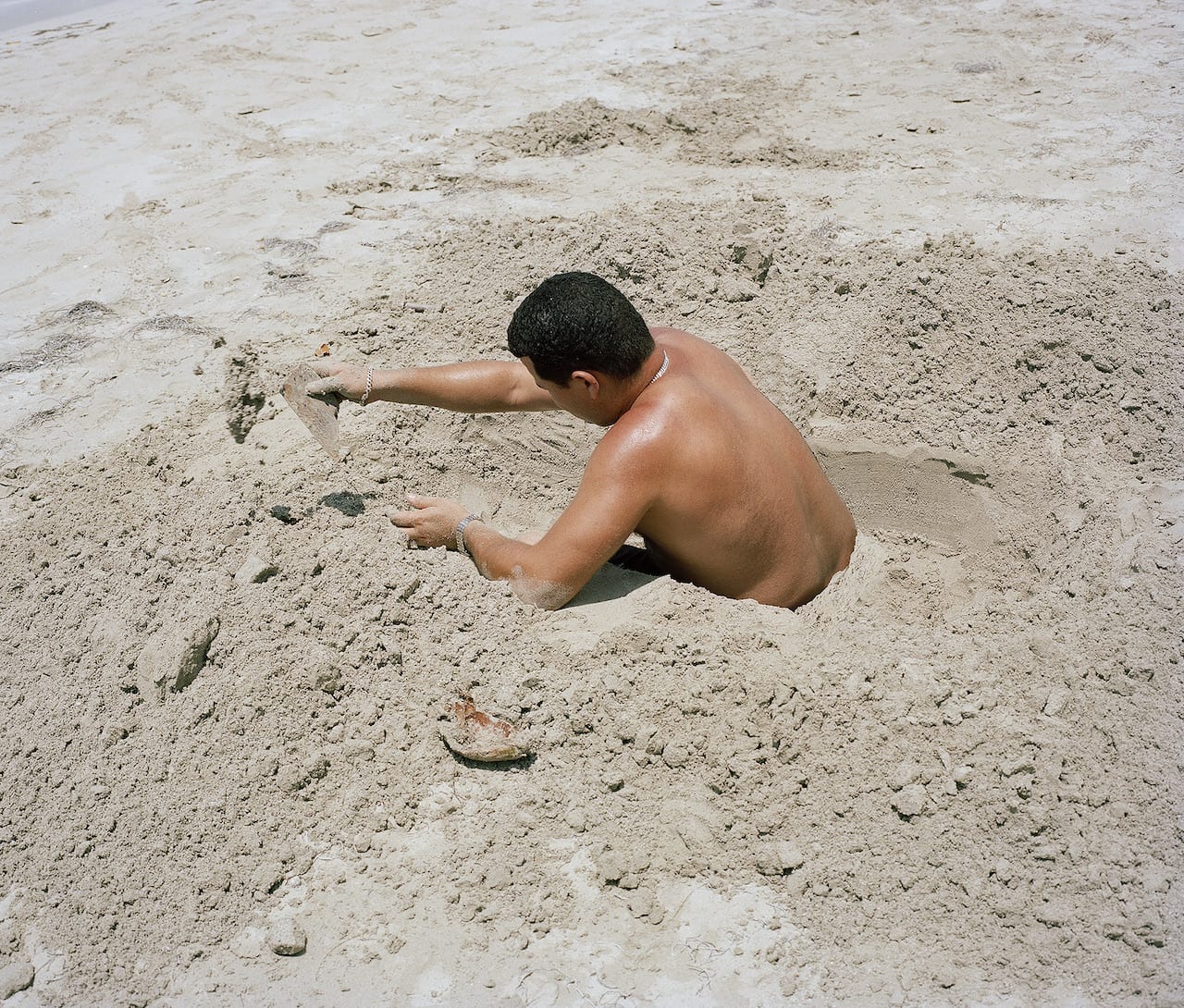
Rose Marie Cromwell went beyond the cliches to build an expressionistic homage to the Cuba she knows and loves. “I wanted to make images that investigated my complicated relationship to this specific place, rather than trying to document something ‘about’ Cuba,” she says.

Born in Tehran, Iran, in 1988, Hashem Shakeri studied architecture in TAFE (New South Wales Technical and Further Education Commission of Australia), and started his professional photography career in 2010. In 2015 he was Commended in the Ian Parry Scholarship, and in 2017 his images were included in the Rencontres d’Arles exhibition Iran, Year 38, alongside work by photographers such as Abbas Kiarostami and Newsha Tavakolian.
Shakeri’s ongoing series on climate change in Sistan and Balouchestan looks at the effect of drought in the Iranian province, which is located in the southeast of the country, bordering Afghanistan and Pakistan. It has been suffering from drought for the last 18 years, which has created severe famine in a region once famed for its agriculture and forests. “Nowadays, the Sistan region has faced astonishing climate change, which has turned this wide area into an infertile desert empty of people,” writes Shakeri.
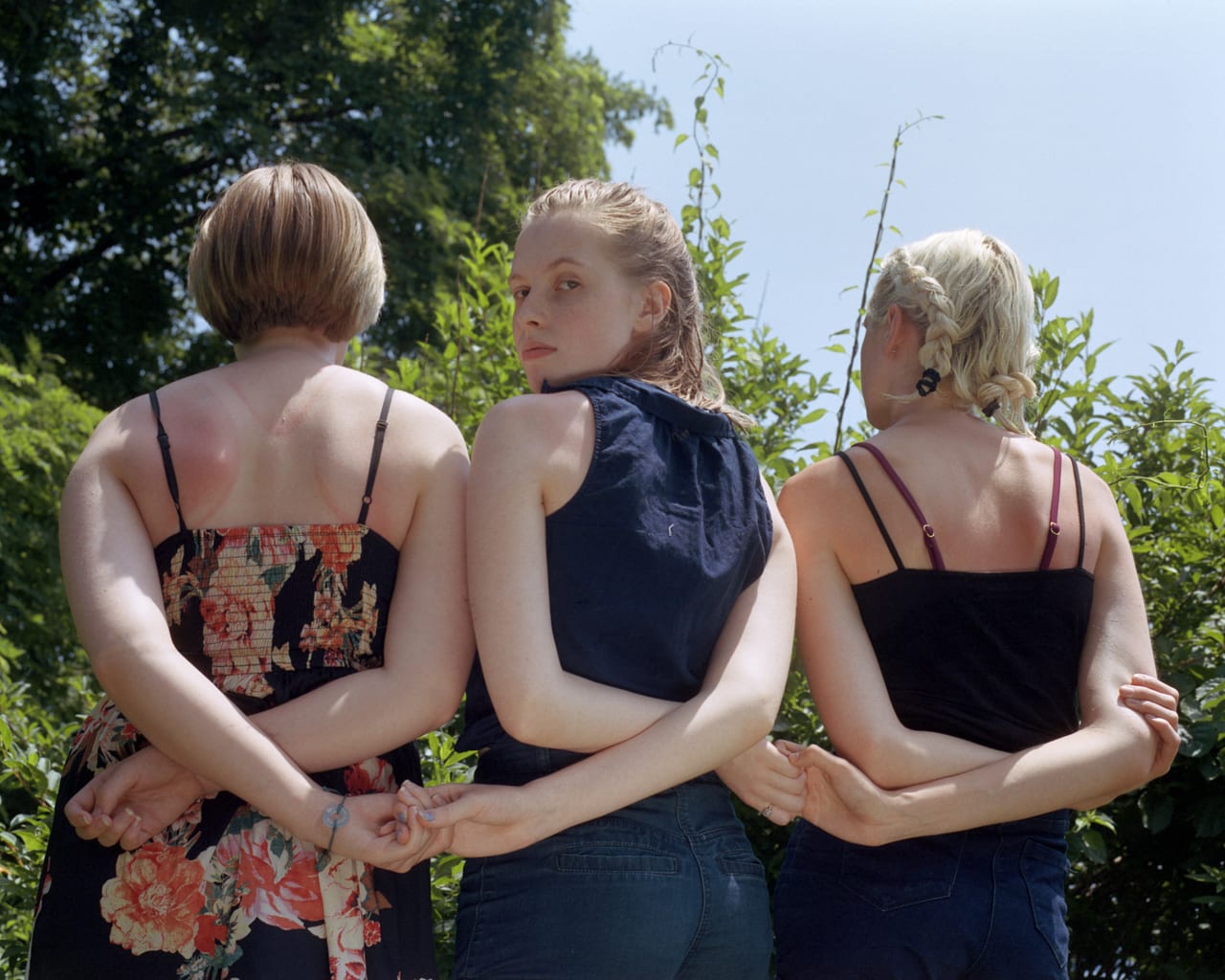
In Sisterhood, Tabitha Barnard photographs her three younger sisters, all on the cusp of womanhood, exploring sexuality, ritual, and the forbidden nature of the occult
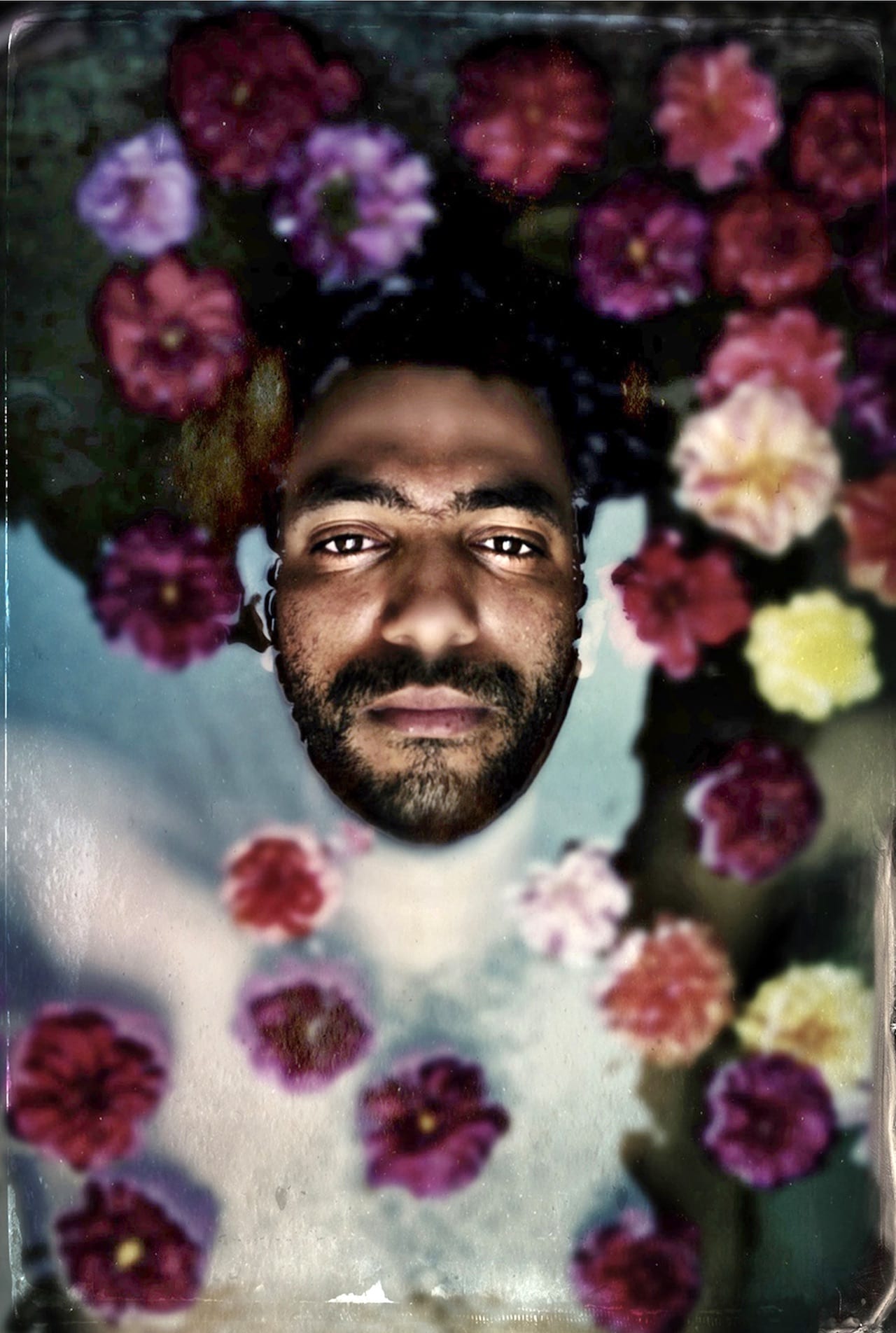
Last year, VII Photo Agency invited six women to join its collective. With seven female members in total, “the seven of VII” quickly became a phrase that stuck. After numerous email exchanges, and a big discussion at the annual general meeting in Barcelona in March, the seven of VII are now staging a group exhibition together – Her Take: (Re)thinking Masculinity, which opens at Photoville in Brooklyn, New York on 13 September.
The exhibition is made up of seven separate projects, each exploring the topic of masculinity. “The exhibition is a conversation, and it’s a conversation that we want to have with both women and men,” explains Sara Terry, whose project recreates Manet’s famous painting, Le Déjeuner sur l’herbe, with a naked man replacing the female nude.